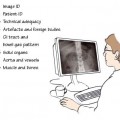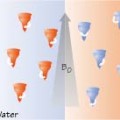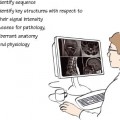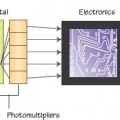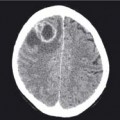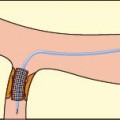SIJ sacroiliac joint, ASIS anterior superior iliac spine, SR superior ramus, IR inferior ramus (of pubis), IT ischial tuberosity, (*) obturator foramen. Shenton’s line is formed by the SR and medial border of the femur
21.2 Normal hip: lateral view
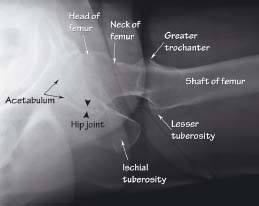
A lateral view may show a fracture that is not visible on an AP view. To achieve this view the contralateral hip is abducted with the knee flexed to avoid overlap of structures. This position is hard to hold, especially for patients in pain, and is often of limited value
21.3 Normal knee – 13-year-old: AP view
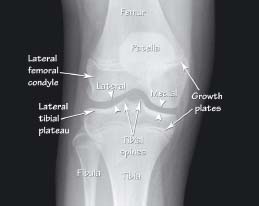
The knee joint consists of three compartments – the lateral, medial and patellofemoral compartments. The lateral and medial joint spaces (arrowheads) are clearly seen on an AP view. The epiphyseal growth plates are unfused in this 13-year-old. These should not be mistaken for a fracture
21.4 Normal knee – 13-year-old: lateral view
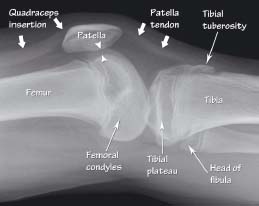
With a lateral view the patellofemoral joint (arrowheads) is visible. The patella is the largest sesamoid (intratendinous) bone in the body. The quadriceps tendon which inserts into the upper aspect of the patella and the patellar tendon which passes from the patella to the tibial tuberosity are clearly seen
21.5 Normal ankle joint: lateral and AP/mortise view
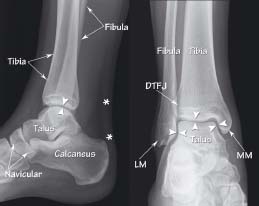
Both these views are centred on the ankle joint (arrowheads). DTFJ distal tibiofibular joint, LM lateral malleolus (distal fibula), MM medial malleolus (distal tibia), (*) soft tissue density of the Achilles tendon
21.6 Normal foot: oblique and dorsoplantar view
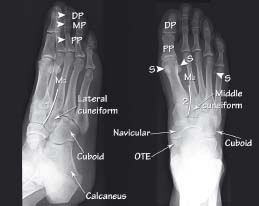
The 3rd metatarsal bone (M3) is aligned with the lateral cuneiform (line 1) and the 2nd metatarsal bone (M2) is aligned with the middle cuneiform (line 2). Sesamoid bones (S) are a common and normal finding. Accessory ossicles are common and although a normal finding may cause symptoms as in this patient who has an os tibiale externum (OTE). PP proximal phalanx, MP middle phalanx, DP distal phalanx
Pelvis and lower limb a natomy seen on XR
Stay updated, free articles. Join our Telegram channel

Full access? Get Clinical Tree


